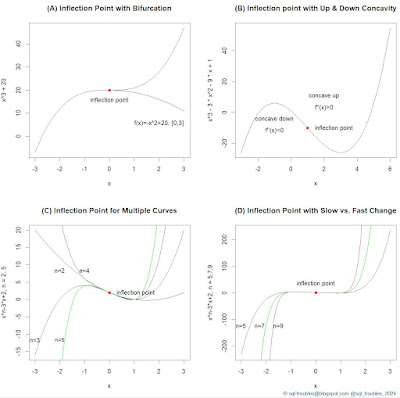
|
|
Prompt Engineering Series |
|
|
Introduction
Every few decades, a technology emerges that reshapes industries, redefines productivity, and rewires the way we live. Artificial Intelligence (AI) is one of those technologies. While skeptics warn of an investment bubble - comparing AI to the dot-com crash or crypto hype - the reality is far more grounded. AI is not a speculative fad; it’s a foundational shift in how businesses operate, how people interact with machines, and how knowledge is created.
Here’s why AI is not an investment bubble, but a long-term transformation.
1. Real Revenue, Real Products
Unlike past bubbles where companies were valued on vague promises, today’s AI leaders are generating substantial revenue. Microsoft, Google, NVIDIA, and OpenAI are not just building demos - they’re delivering enterprise-grade tools, cloud services, and developer platforms that are already embedded in workflows across industries.
From customer service automation to predictive analytics in supply chains, AI is solving real problems. Companies aren’t investing in hype - they’re investing in efficiency, insight, and competitive advantage.
2. Ubiquity Across Sectors
AI isn’t confined to one niche. It’s being adopted in healthcare (diagnostics, drug discovery), finance (fraud detection, algorithmic trading), manufacturing (predictive maintenance, robotics), and education (personalized learning). This cross-sector penetration is a hallmark of durable innovation.
When a technology becomes infrastructure - like electricity or the internet - it’s no longer a bubble. AI is heading in that direction, becoming a layer that powers everything from mobile apps to industrial systems.
3. Tangible Productivity Gains
AI is not just about automation - it’s about augmentation. Tools like Copilot, ChatGPT, and GitHub Copilot are helping professionals write code faster, draft documents, analyze data, and make decisions with greater precision. These aren’t theoretical benefits; they’re measurable improvements in productivity.
McKinsey estimates that generative AI could add trillions of dollars in value annually across the global economy. That’s not bubble talk - that’s economic transformation.
4. Infrastructure Is Catching Up
One reason past tech bubbles burst was the lack of supporting infrastructure. In the early 2000s, broadband wasn’t ready for streaming. Crypto lacked regulatory clarity and real-world use cases. AI, however, is supported by robust cloud platforms, powerful GPUs, and scalable data pipelines.
The ecosystem is mature enough to support widespread deployment. And with continued investment in chips, data centers, and edge computing, AI’s backbone is only getting stronger.
5. Regulatory Momentum, Not Paralysis
Governments are actively engaging with AI - not to shut it down, but to guide its development. The EU AI Act, U.S. executive orders, and global frameworks are creating guardrails for ethical use, transparency, and safety. This regulatory clarity encourages responsible innovation and long-term investment.
Rather than stifling growth, regulation is helping legitimize AI as a serious, sustainable field.
6. Investor Sophistication
Today’s investors are more data-driven and cautious than during previous bubbles. Venture capital firms are scrutinizing technical feasibility, market fit, and monetization strategies. Public markets are rewarding companies with real AI capabilities - not just those slapping 'AI' onto their pitch decks.
The capital flowing into AI is being deployed strategically, not blindly. That’s a sign of maturity, not mania.
Conclusion: A New Industrial Era
AI is not a bubble - it’s the beginning of a new industrial era. Like electricity, the internet, and mobile computing before it, AI is becoming a general-purpose technology. It’s not immune to hype or missteps, but its core value is undeniable.
Investors, businesses, and governments are betting on AI not because it’s trendy, but because it’s transformative. And while some ventures may fail, the overall trajectory is clear: AI is here to stay, and its impact will be profound.
Just try the prompt on Copilot or your favorite AI-powered assistant! Have you got a different/similar result? How big or important is the difference? Any other thoughts?
Just share the link to the post with me and I'll add it to this post as a resource!
Disclaimer: The whole text was generated by Copilot (under Windows 11) at the first attempt. This is just an experiment to evaluate feature's ability to answer standard general questions, independently on whether they are correctly or incorrectly posed. Moreover, the answers may reflect hallucinations and other types of inconsistent or incorrect reasoning.
















